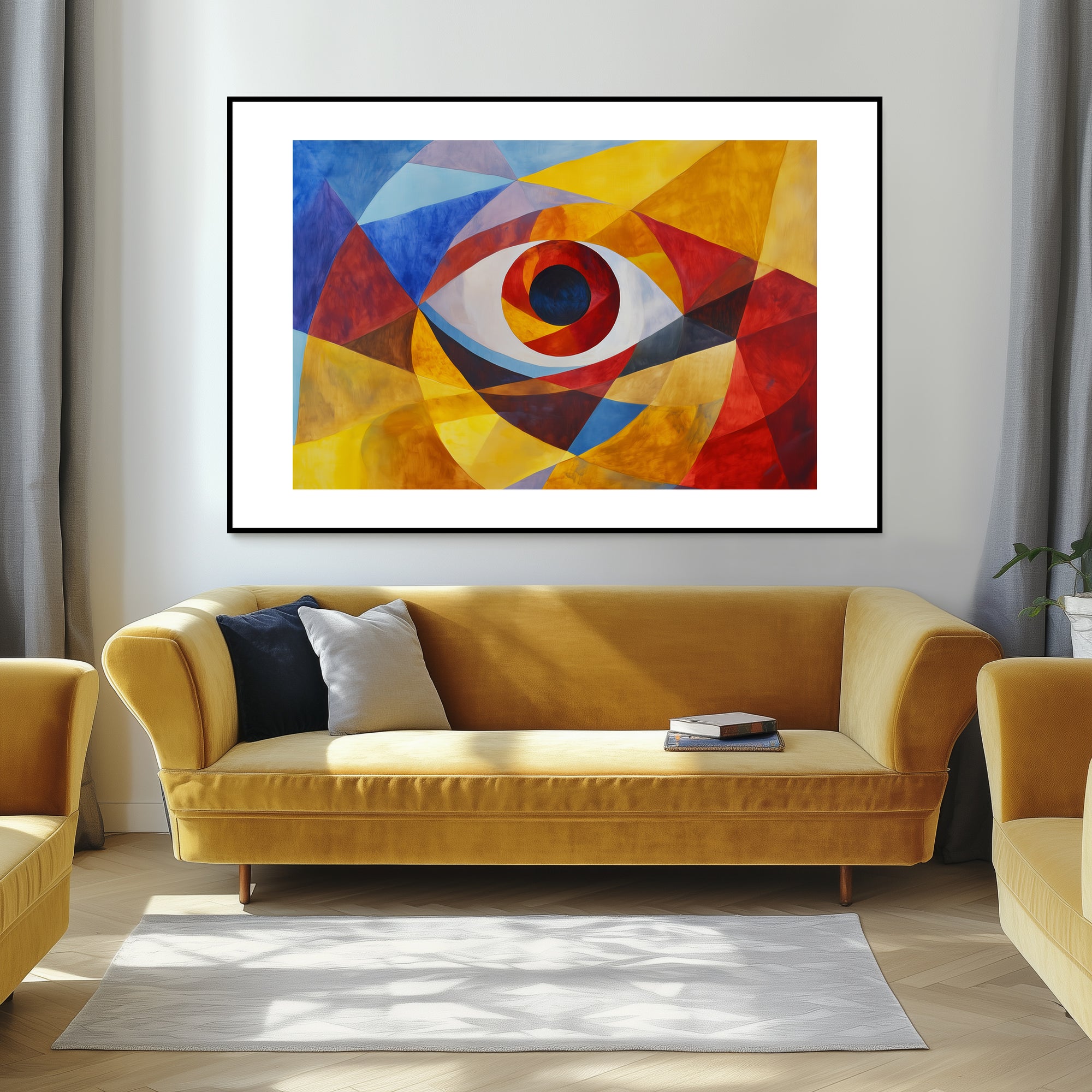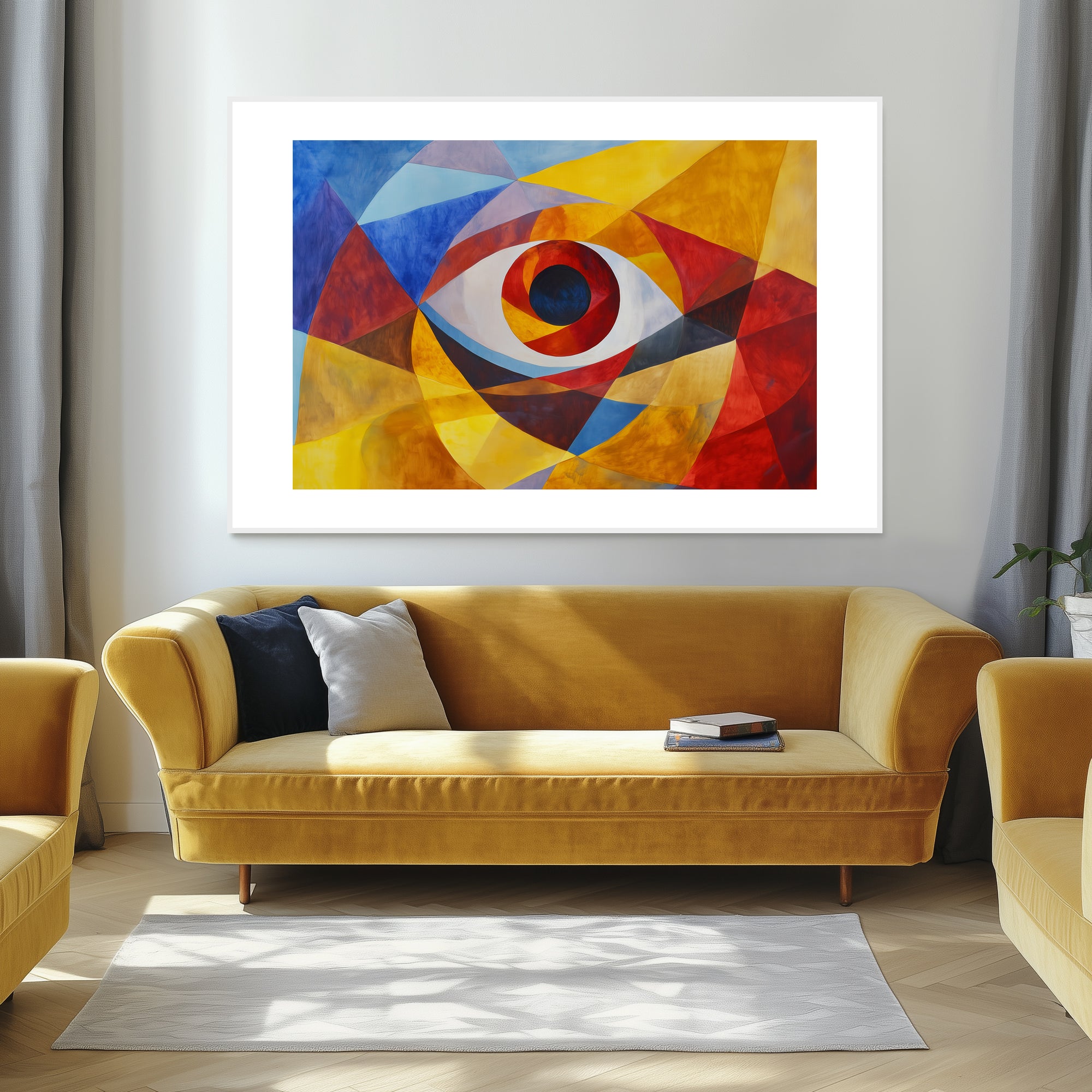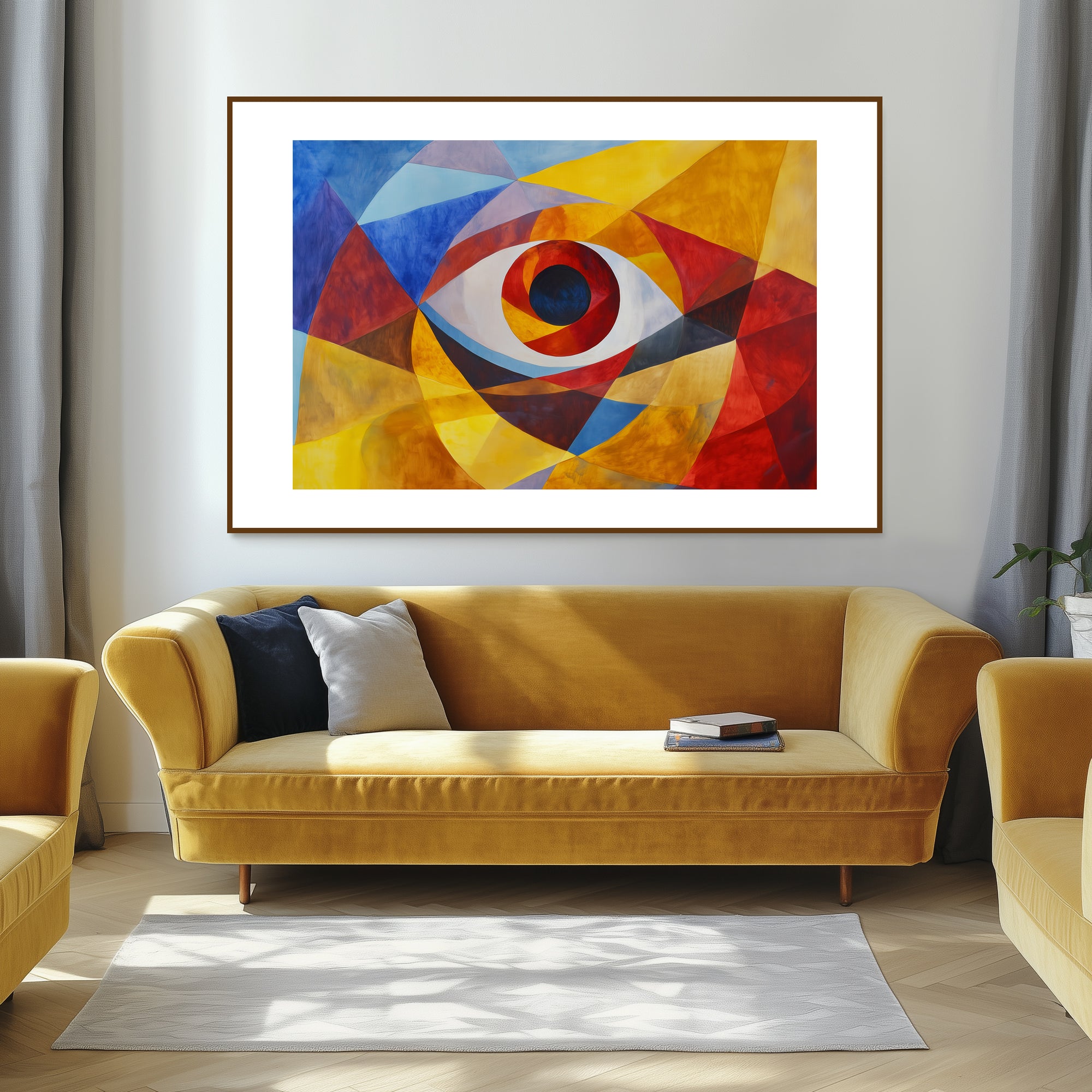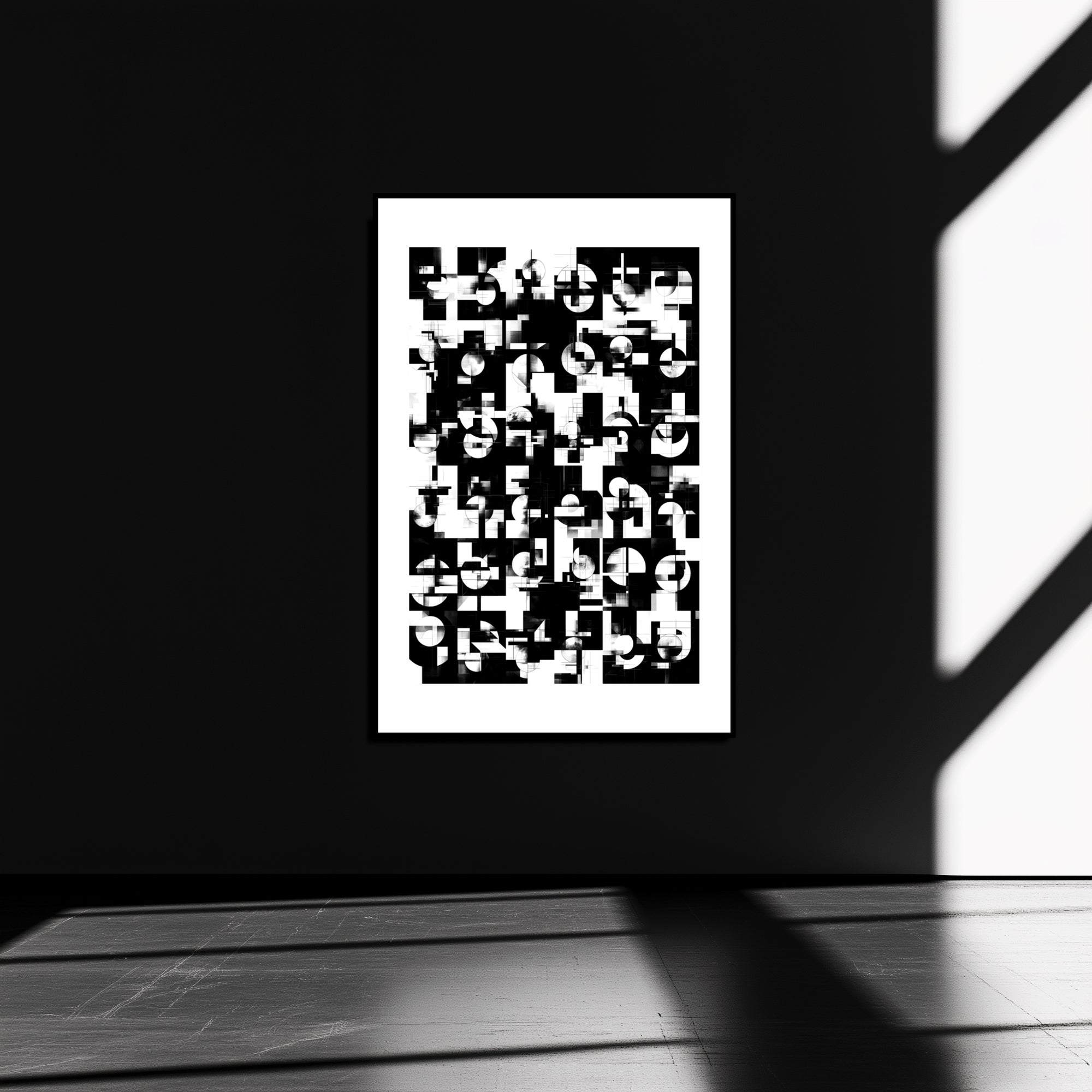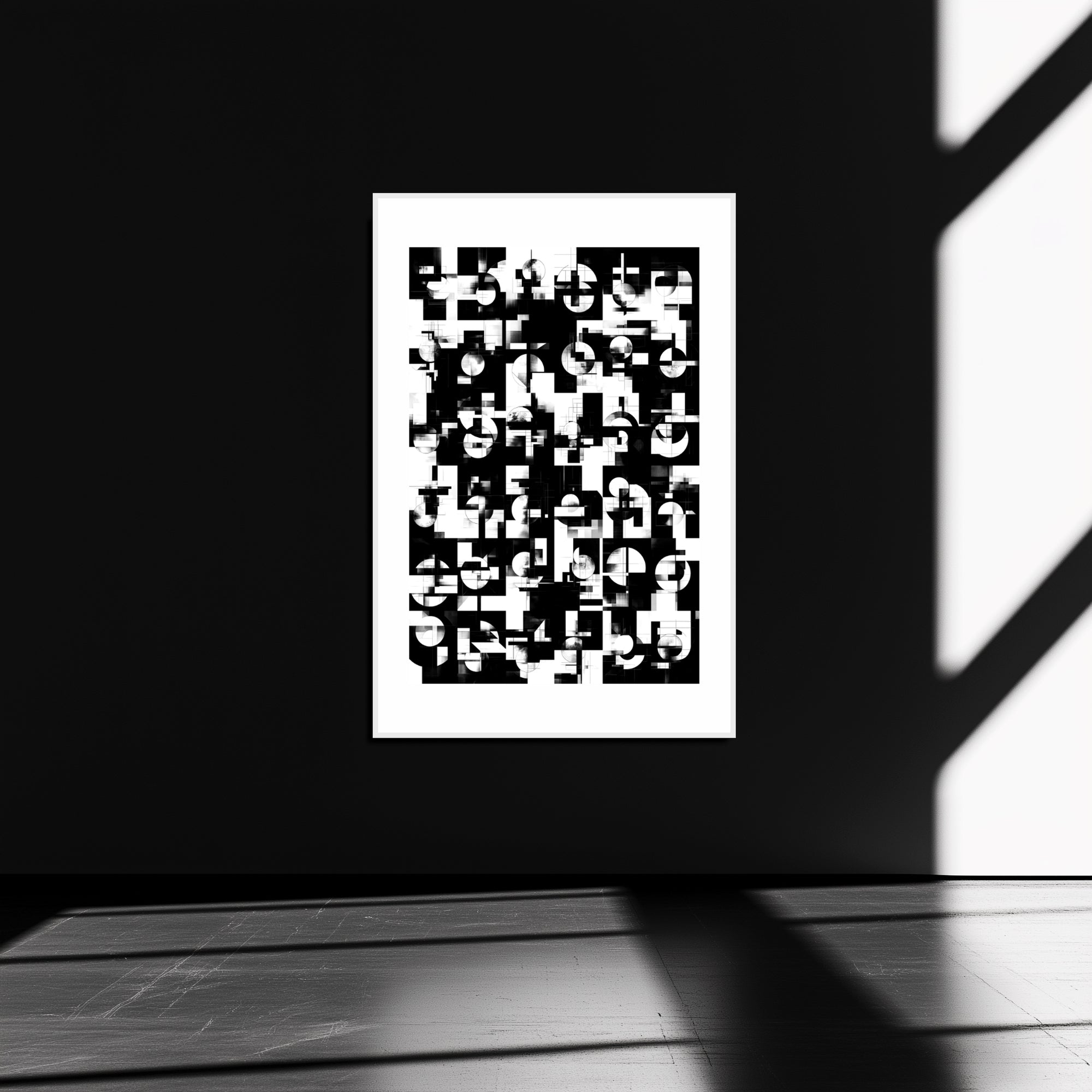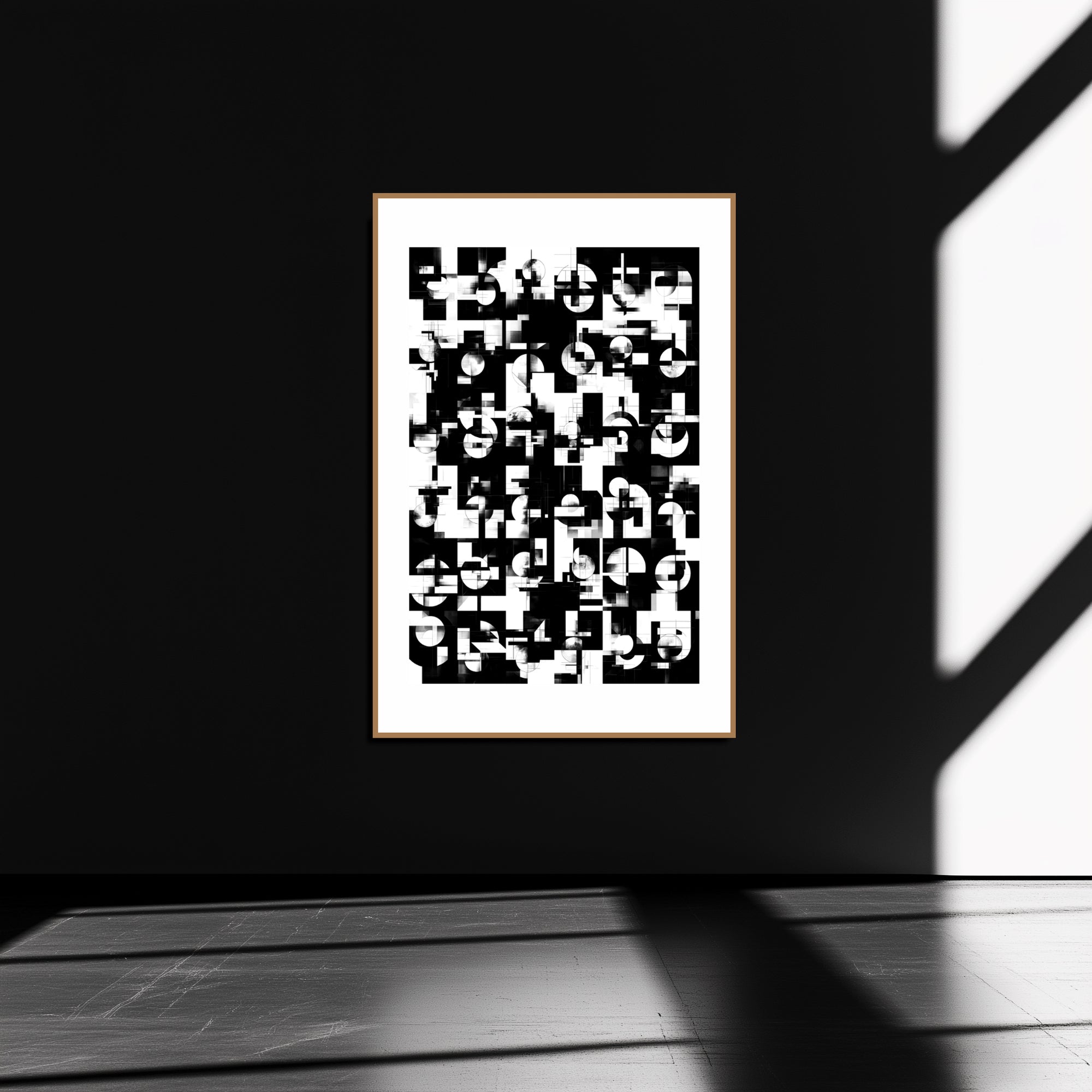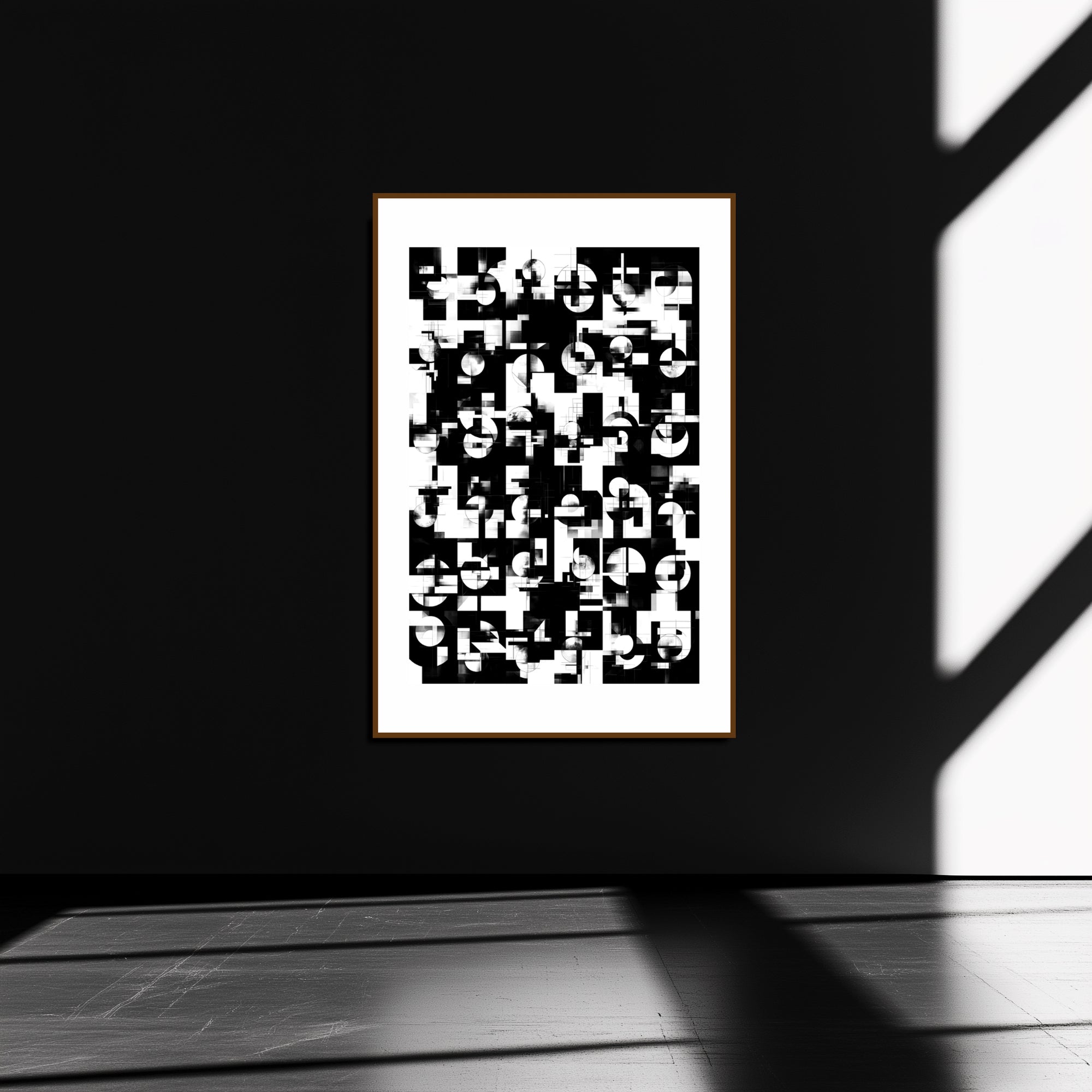Cubism stands as one of the most influential and groundbreaking movements in modern art. Emerging in the early 20th century, it challenged traditional notions of perspective, form, and representation, offering a radical new way of seeing the world.
Origins and Influences
Cubism was pioneered by Pablo Picasso and Georges Braque between 1907 and 1914. Inspired by Post-Impressionism and the fragmented forms of African art, the movement sought to break away from classical perspective. Instead of depicting subjects from a fixed viewpoint, Cubist artists presented multiple angles simultaneously, shattering conventional representation in favor of a more dynamic and abstract interpretation.
Key Characteristics of Cubism
Cubist works are defined by their distinctive approach to form and space. Some of the fundamental aspects include:
-
Geometric Fragmentation – Objects are broken down into geometric shapes, resembling shattered or faceted forms.
-
Multiple Perspectives – Rather than adhering to a single vantage point, Cubism presents subjects from several angles at once.
-
Flattened Space – The traditional illusion of depth is replaced with a compressed, two-dimensional arrangement of planes.
-
Limited Color Palettes – Early Cubist works often utilized earthy tones and muted colors, though later developments introduced bolder, more vibrant hues.
-
Collage Techniques – Some Cubist artists incorporated mixed media, such as newspaper clippings, to enhance their compositions.

Analytic vs. Synthetic Cubism
Cubism evolved into two distinct phases:
-
Analytic Cubism (1907-1912)
-
Focused on deconstructing objects into fragmented, monochromatic forms.
-
Heavy emphasis on intersecting lines and overlapping planes.
-
Example: Georges Braque’s Violin and Candlestick.
-

-
Synthetic Cubism (1912-1914 and beyond)
-
Introduced more vibrant colors and simpler shapes.
-
Often incorporated collage elements and mixed materials.
-
Example: Pablo Picasso’s Still Life with Chair Caning.
-
:max_bytes(150000):strip_icc()/cab_pma_09_15-56a03abb3df78cafdaa094e3.jpg)
Cubism’s Lasting Impact
Though the movement itself was relatively short-lived, its influence extended far beyond its original timeframe. Cubism paved the way for modern abstract art, inspiring movements such as Futurism, Constructivism, and De Stijl. Artists like Juan Gris, Fernand Léger, and Robert Delaunay expanded its principles, while its effects can still be seen in contemporary art and design today.
Conclusion
Cubism was more than an artistic style, it was a radical rethinking of visual representation. By deconstructing and reassembling reality, Cubist artists challenged viewers to see the world from multiple perspectives. Its legacy endures as one of the most transformative movements in art history, continuing to inspire artists across various disciplines. This influence can be seen in contemporary works that adapt Cubist principles into modern aesthetics, such as those found at Maven Haven such as Prismatic Gaze, Axonali, and ARC, where geometric abstractions mimic the movement’s roots to derive and create something new. are good examples.



